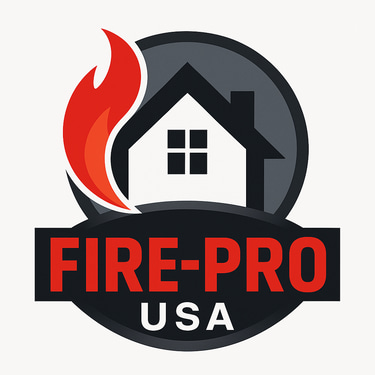When Embers Are the Problem
Wind driven fires spread embers and fan the flames.
Wind-driven fires are by far the most difficult fires to control. Anyone who has ever started a fire knows that when you blow on the embers, the fire erupts into flames. During a windy day, the embers are hurled far before the flames. Embers can travel hundreds of yards and often start other fires just from those hot embers landing amongst combustible material. The largest and most out-of-control wildfires in history have resulted from fires traveling at horrendous speeds due to the wind. Add a dry or drought-stricken environment, and the landscape becomes a tidal wave of fire.
Firefighter deaths have commonly occurred during these wind-driven fires, often due to sudden isolated weather events that cause powerful winds that take firefighters by surprise. The embers during these wind events create ember storms. Approximately 80% of all mass property loss fires are due to embers starting the structure fire. The embers smash into anything blocking their path and collect around whatever is stopping them. They then pile up and start a fire due to the radiant and conductive heat coming off them, whether out in a field, in an attic, or in other places where those small embers have penetrated. Ember-caused fires often get inside a structure and burn it down from the inside out. The surrounding area may have had no direct flame contact with the main fire, and the vegetation next to the structure will often be unburned. It's imperative to stop ember penetration inside a house or other buildings and to prevent the pooling of embers outside of a structure so they cannot find a combustible surface to ignite.
Read my blog "Benefits of Pre-fire Preparation" to learn how to keep your property wildfire-safe.
Also, you might be interested in my blog "How Safe is it to Stay and Defend?"
Contacts
(602) 350-8227
info@fire-prousa.com
Contact Page
Emergency Service Hours
24X7, 365 days per year
